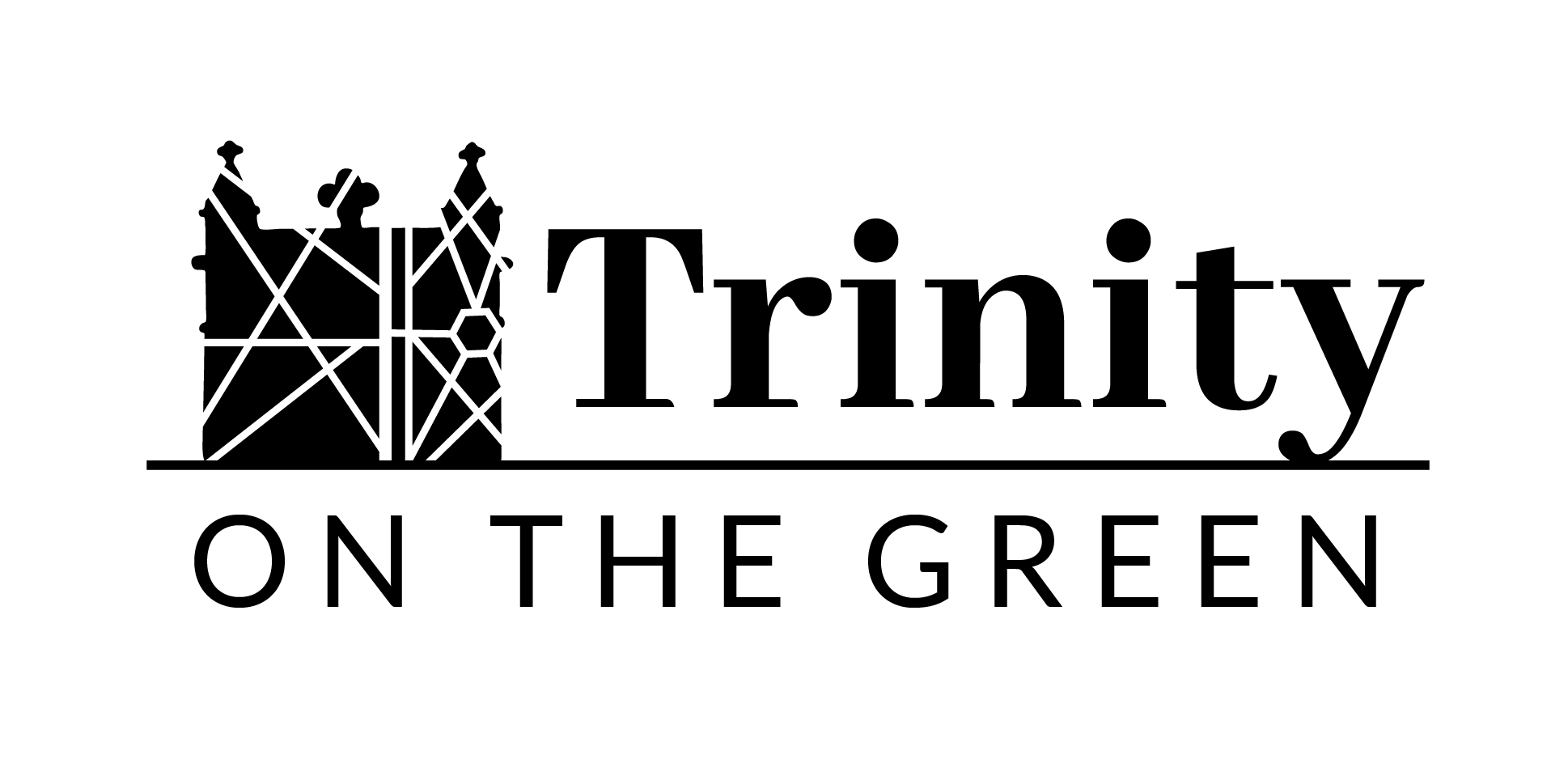Restoring Aeolian Skinner, Opus 927 “Sister Soosie”
Since 1935, the Aeolian-Skinner organ at Trinity Church on the Green has been a cornerstone of our community, filling our sacred space with its magnificent sound. “Sister Soosie”, as Aeolian-Skinner Opus 927 is affectionately known, has led worship at Trinity for 90 years, bringing the community together in song. Opus 927 has been a teacher to generations of Yale organ scholars and a host to leading recitalists over the years, including Marcel Dupré. This unique instrument is not just an organ; it's a piece of history, a work of art, and a source of inspiration.
The initial design of Op. 927 was carried out by G. Donald Harrison, newly appointed President and Tonal Director of the Aeolian-Skinner organ company, working in collaboration with Choirmaster G. Huntington Byles. Their design blended elements of the symphonic tradition of E. M. Skinner with an increasing interest in the performance of early music. This fusion led to the creation of a versatile instrument rooted in the American traditions of the early 20th Century but capable of playing a diverse repertoire. Although several alterations have been made to the pipework of the Chancel organ over the years, the Nave organ remains essential unaltered and is seen as an important monument to Harrison’s tonal design, which founded the “American Classic” style of organ building.
Op. 927 has been carefully maintained by the Thompson-Allen Company for many years, but as with any mechanical object of this size, issues arise that even the best routine maintenance will not prevent. The most pressing issue at hand is the deterioration of many mechanical components within the console. This is causing increasing difficulties for the organists who play Op. 927 regularly and necessitated the suspension of Yale’s improvisation lessons, which were regularly taught at Trinity until the Fall of 2024. The restoration of the console will therefore be the goal of the first phase of the restoration. Given the historic importance of Op. 927, any talk of restoration has been approached with great care. The Trinity Organ Guild was formed in May of 2024 to address the current issues in the console as well as to discuss future restoration needs. At the recommendation of Walden Moore and Joe Dzeda, the Guild has been working in collaboration with Jonathan Ambrosino, a leading expert on Skinner and Aeolian-Skinner organs. At the advice of Jonathan Ambrosino, the Guild approached two organ building firms known for their regard for historical instruments and careful restoration work. Both firms sent representatives to Trinity in early 2025 to assess the console, and we are working with them to discern the best approach going forward.
As mentioned earlier, the console restoration is only the first piece of a full restoration of the entire instrument. While the console is certainly the most in need of repair, other issues will begin to occur with increasing frequency as the wood, metal, leather, and glue of the instrument ages. Although we do not anticipate any dramatic failures of the instrument in the near future, by preparing for the inevitable eventuality of a full restoration now, we will safeguard Soosie into the future. As caretakers of this magnificent instrument, we envision a future where Soosie will continue to inspire music making for years to come. We invite you to join us in preserving this irreplaceable treasure by donating, attending our upcoming benefit concert series “Summers with Soosie”, supporting other upcoming fundraising events, and encouraging your friends to do likewise. Your support of this project will help our efforts to preserve our history by restoring Trinity’s organ to its former glory, ensuring that its music continues to enrich our services and community events for generations to come.
